It goes without saying that the marvellous city of Liverpool has an endless supply of museums and galleries for its locals and friendly tourists to satisfy their artistic appetites with. You have the Walker, the Open Eye, Tate Liverpool, the Lady Lever, the Maritime, Museum of Liverpool, etc etc etc. However… if our nationwide lockdowns taught me anything, it’s that I had no idea how much public artwork Liverpool has to offer. So in this little series of blog entries, I am giving you some of my favourite outdoor Liverpool treasures for you to enjoy yourself!
The following content has been taken from some previous writing that I did for Art in Liverpool earlier this year. If you would like to read more about the initiative I campaigned for during the third lockdown please read here: My Writing for Art in Liverpool!
In the first part of this series, I created a trail along the city’s scenic waterfront, rewarding our eyes with sculpture, contemporary artwork and even an outdoor photography exhibition! Moving away from the water, my second trail of Liverpool Lockdown Treasures is located directly in the city centre; the beating heart of arts and culture in Merseyside! From the Fabric District to Ropewalks and Chinatown, the creative sightings are unlimited. How fortunate are we? So put on your walking shoes, get out your bike or a pair of rollerskates, and embark on your daily form of exercise, but with a little artistic twist.
Ray + Julie by Alan Dunn and Brigitte Jurack
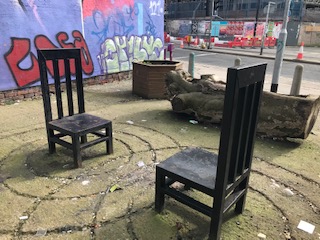
Located in an empty plot of land on London Road between a pub and a furniture store, the first stop of this trail is called Ray + Julie, which simply incorporates two rusty and quite frankly, weather-beaten iron chairs facing each other. The sculpture is mysterious, it’s confusing, but most importantly, it’s incredibly intriguing. So intriguing, that it was placed in The Guardian’s top 10 unexpected and hidden sculptures in Britain. The fact that the chairs were only supposed to last 6 months from 1995 onwards, but are still standing 26 years later, demonstrates their significance as a cultural artwork in the city.
The artists of this installation and married couple, Alan Dunn and Brigitte Jurack, were commissioned by the Furniture Resource Centre to fill the lonely space and were actually inspired by a piece of graffiti painted on one of the nearby walls. Scrawled into the brick, the lettering of ‘Ray + Julie’ in prominent white paint left the artists with one wondering question: who is Ray and Julie? While that question has never been answered, it adds a somewhat romantic element to the piece, causing us to imagine the two potential lovers sitting on the chairs engaged in joyous conversation. The limitless, imaginative possibilities of these two figures has inspired songs, theatre plays and even films! If that doesn’t showcase the power of the arts, I don’t know what will!
More information on this installation and the artists can be found at: https://alandunn67.co.uk/theballadofrayandjulie.html
Reconciliation by Stephen Broadbent
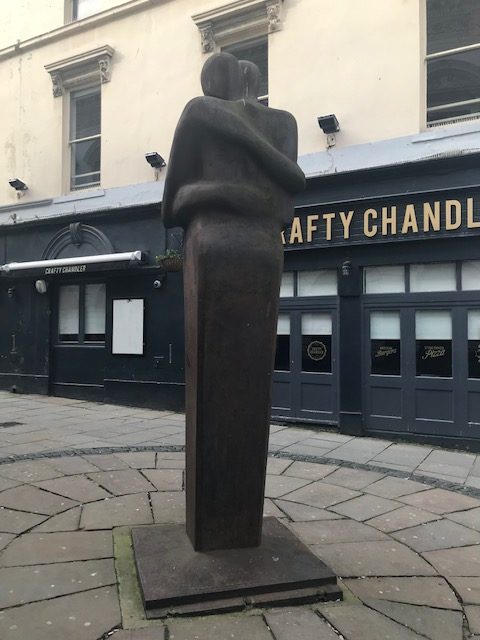
The next stop in this trail will lead you to a 12ft iron statue by British sculptor Stephen Broadbent on Concert Street, which you will most definitely struggle to miss. Towering high amongst one of the busiest areas in the city, you are met with the most calming and soothing scene as you cast your eyes on two figures embracing one another, unified into a single form. Revealed to the public in 1990, this sculpture is one of three identical statues as part of the original Reconciliation Project. The other two are located in Glasgow and Belfast, with the triangle acting as a powerful symbol for how sectarianism in the three cities can be conquered with hope and unification.
There are three more of these statues, differing only by an addition of bronze low-relief designs, standing again, in Liverpool as well as in Cotonou, Benin and Richmond, Virginia. They demonstrate three points in the slave trade triangle and how these areas must continue to build bridges to overcome racial disadvantages and economic separation in schools and communities. Specialising in public art, Broadbent is known for his meaningful works and the ways in which he tries to reflect the stories of the areas he creates in.
The sculptures are faceless and very simple in their appearance, transcending boundaries of gender, skin colour, religion, political preferences and more, to represent that as human beings, we are one and should be unified in that fact. The warming and soothing ambiance in the presence of this remarkable sculpture is difficult to ignore, so I encourage you to embrace it!
The artist of this work can be found at https://broadbent.studio/stephenbroadbent
Fleet Street Mural by Danny O’Connor
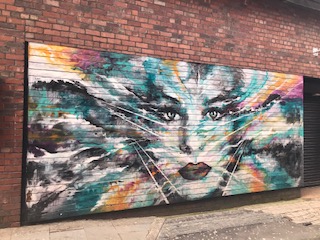
About 50 metres from Broadbent’s Reconciliation statue is our third stop of the trail, located on the other side of Concert Square on Fleet Street. Since moving to the city, this hyper-stylized, abstract and futuristic portrait by the iconic artist Danny O’Connor has been my favourite mural of Liverpool. Everything about the painting is so eccentric and extraordinary, from the striking features of the female portrait emerging from a fog of beautiful colour to the sharp, diagonal lasers cutting through the cloud-like layers. O’Connor somehow combines the most opposing colours, such as those icy blues and that blinding orange, and makes you believe that the entire rainbow system of colour should be re-arranged.
As a graduate from Liverpool John Moores Art School, O’Connor’s Graphic Arts degree screams out from within all of his work. His versatility in all areas of his practice is inspiring, incorporating acrylics, spray paint, ink, paint markers and household gloss and emulsions in each of his paintings, while using an array of application methods of either brushes, cardboard or his fingers to achieve the effect he wants. His mixed-media work is influenced by a variety of styles and never fails to be satisfying to the eyes so it’s a good job more of O’Connor’s art is littered across the city!
Danny O’Connor can be found on his website https://docart.bigcartel.com/ or on Instagram and Twitter at @artbydoc
Penelope by Jorge Pardo
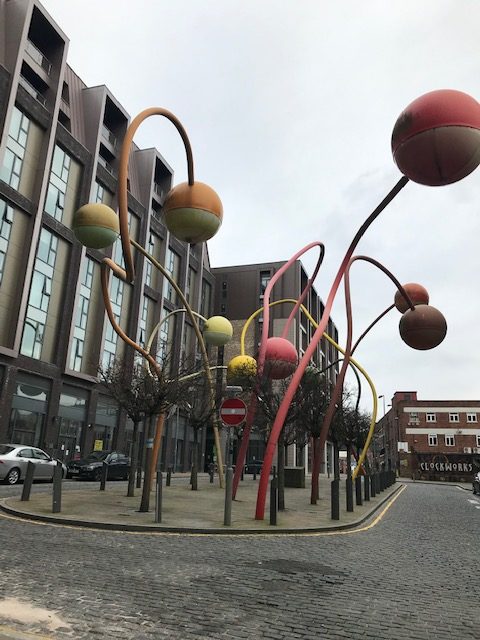
Wolstenholme Square is the next name to type in on your Google Maps as you make your way to the fourth stop of the trail: a surreal, fantastical and site-specific sculpture by the accomplished Los Angeles artist Jorge Pardo. Commissioned by the Liverpool Rope Walks Partnership and initiated by Tate Liverpool as part of the Liverpool Biennial 2002, Penelope is Pardo’s largest permanent piece of outdoor sculpture to date. It took four weeks to construct with the colourful, twisting steel stalks made in Germany and Holland, demonstrating the installation’s significance as an international centrepiece for Liverpool.
It’s historical significance is noteworthy too; Ropewalks was the area where the long ropes of ships were laid out in the street to be plaited for several past centuries. The actual name of the sculpture refers to Homer’s epic poem, Odyssey, in which Ulysses’ wife, Penelope, faithfully awaited her husband’s return from the Trojan War. Despite having numerous suiters, she rejected them by saying she had to finish weaving a robe, unravelling her day’s work each night. As one can gather, this 10-metre high sculpture encapsulates perfectly some historical themes of the Ropewalks’ location of weaving, plaiting, winding and twisting.
More information on this very talented contemporary artist can be found here https://www.tate.org.uk/art/artists/jorge-pardo-7077 or @jorgepardosculpture on Instagram.
Roman Standard by Tracey Emin
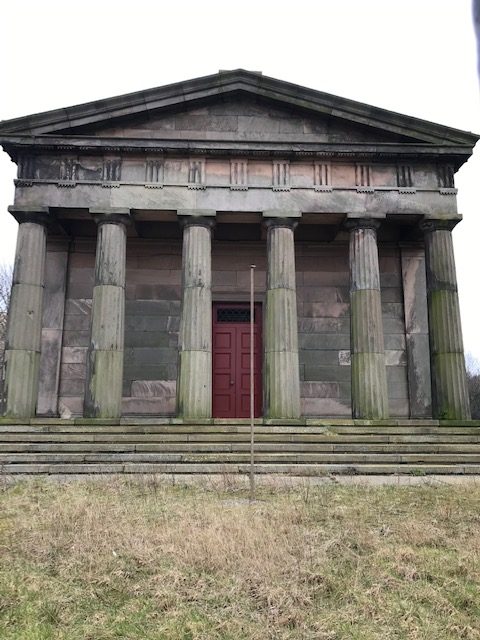
The final stop of this trail requires climbing a bit of a hill, but what you’ll find at the top makes all the huffing and puffing worth it! Not only do you have a sculpture by the renowned contemporary artist Tracey Emin, but St. Helen’s Churchyard also offers you beautiful views of the Oratory and the Anglican Cathedral. Regarding size, Emin’s Roman Standard is incredibly out of place amongst these giant, towering buildings, but I believe that this is why it is so fascinating. Stood on a 13-ft tall pole located just outside the Oratory, is a little bronze bird, about the size of a sparrow. Let’s just say it isn’t exactly easy to spot on your first time visiting, or your second…or your third.
Emin was commissioned by the BBC to take part in her first public art project as part of its contribution to the art05 festival and Liverpool’s year as the European Capital of Culture in 2008. It also pays tribute to Liverpool’s famous symbol of the Liver bird which we all know and love.
The name of this piece refers to an ancient Roman tradition where a pennant, flag, or banner is suspended or attached to a pole to be carried into battle. It is quite ironic to name such a miniature, harmless and quiet symbol, such as a bird, with notable military connotations. Emin has stated that this is because she always finds that public sculptures are quite “oppressive and dark”, so wanted to create something that represented “hope, faith and spirituality” and that the smallest of beings can sometimes have the most power!
More of Tracey Emin’s work can be found through her Instagram @traceyeminstudio

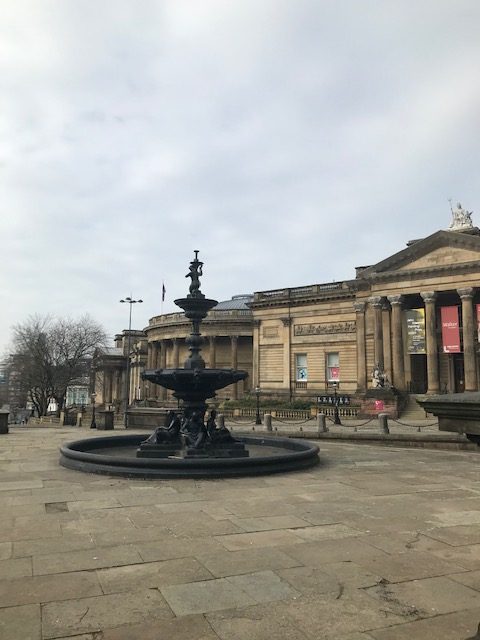
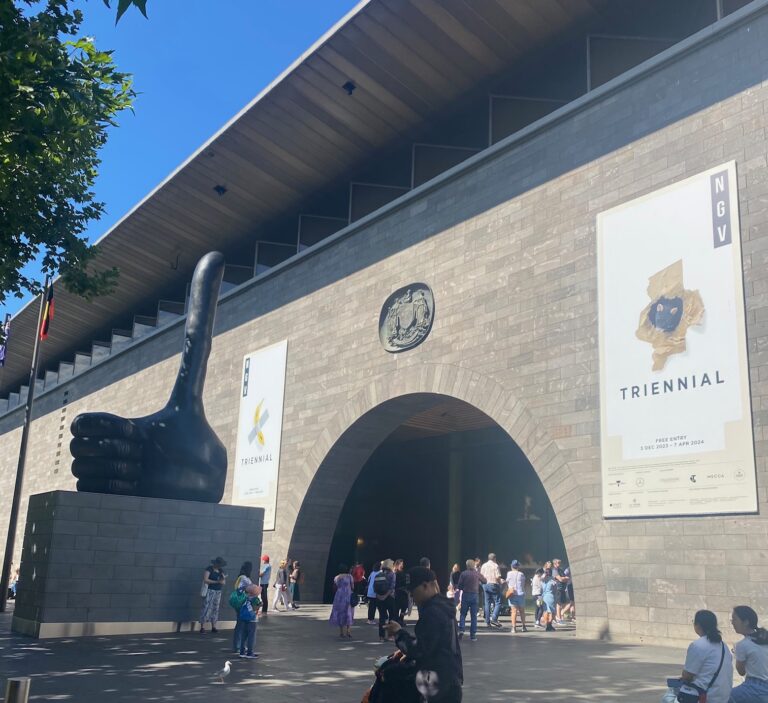
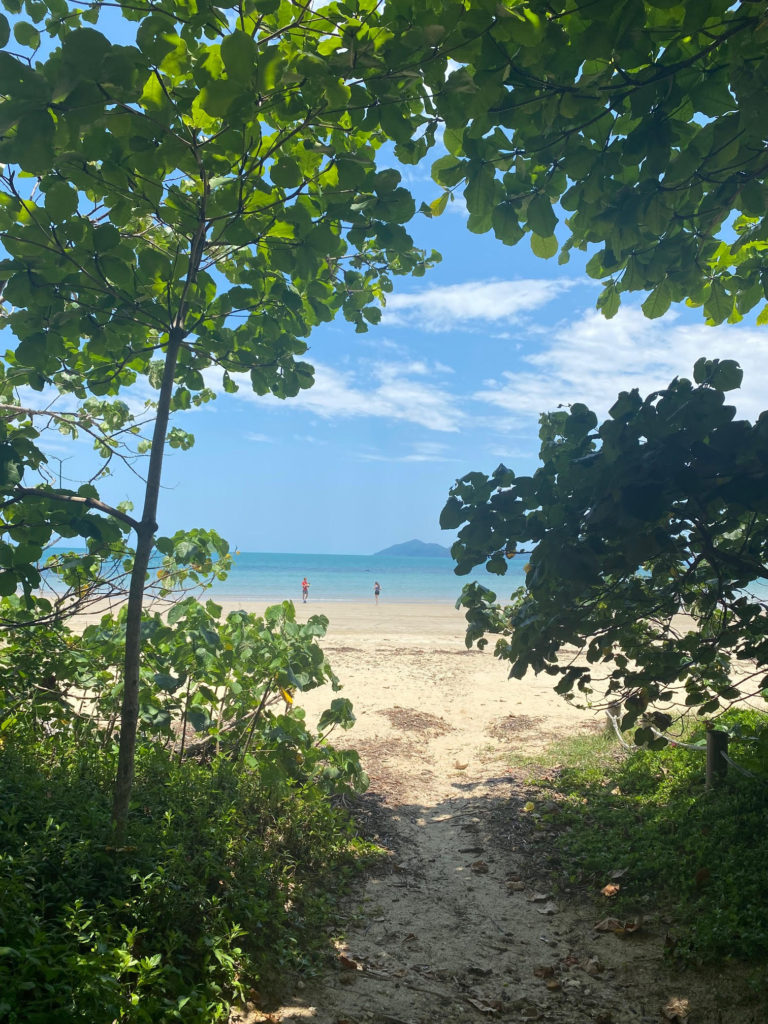
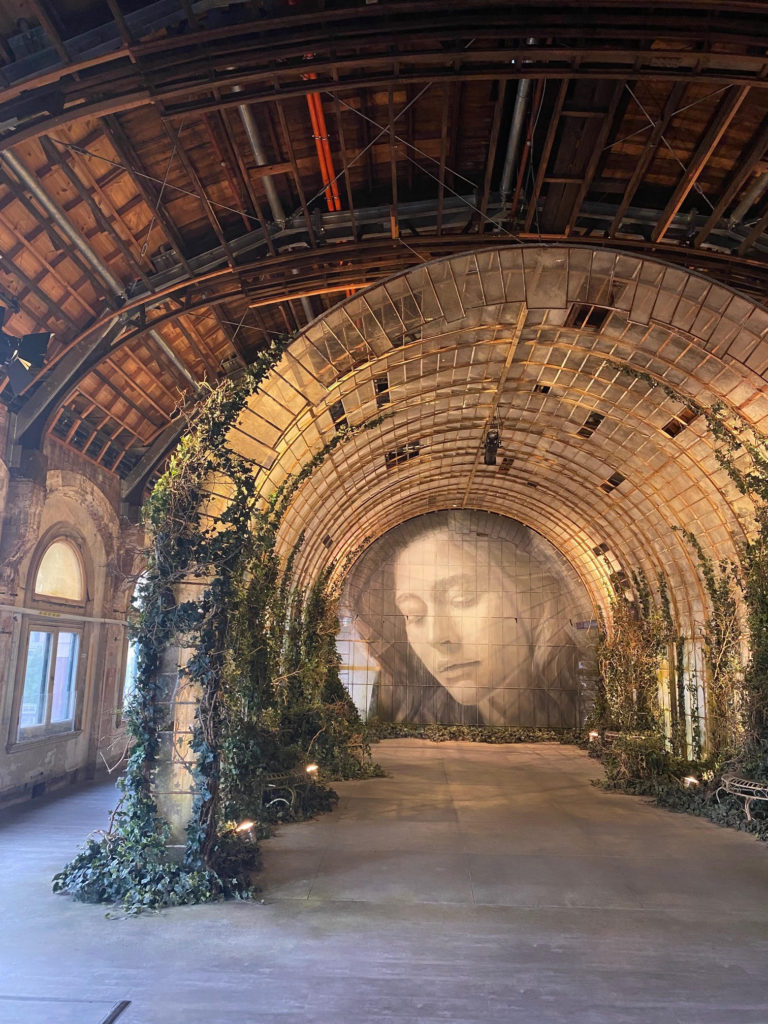

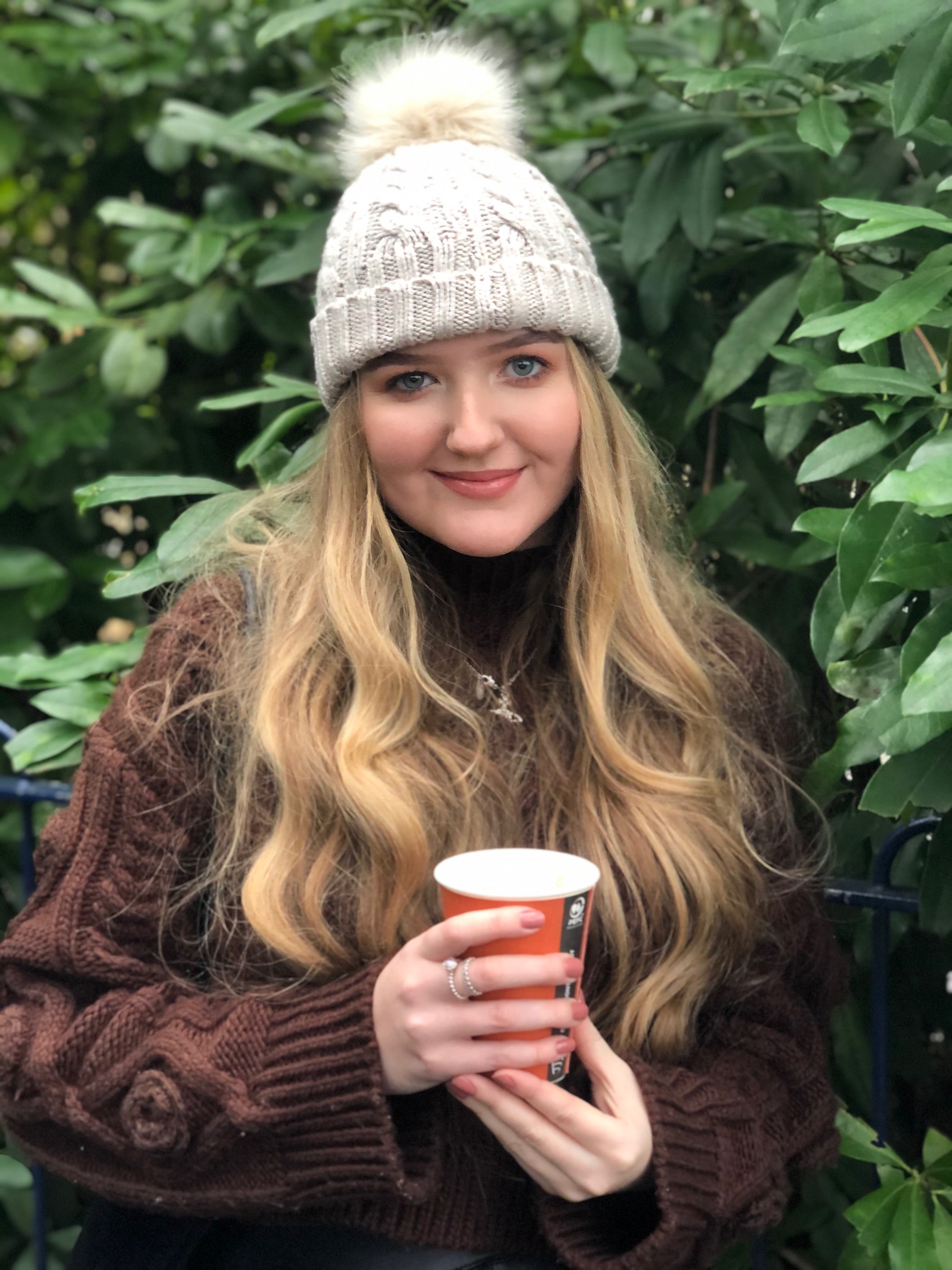

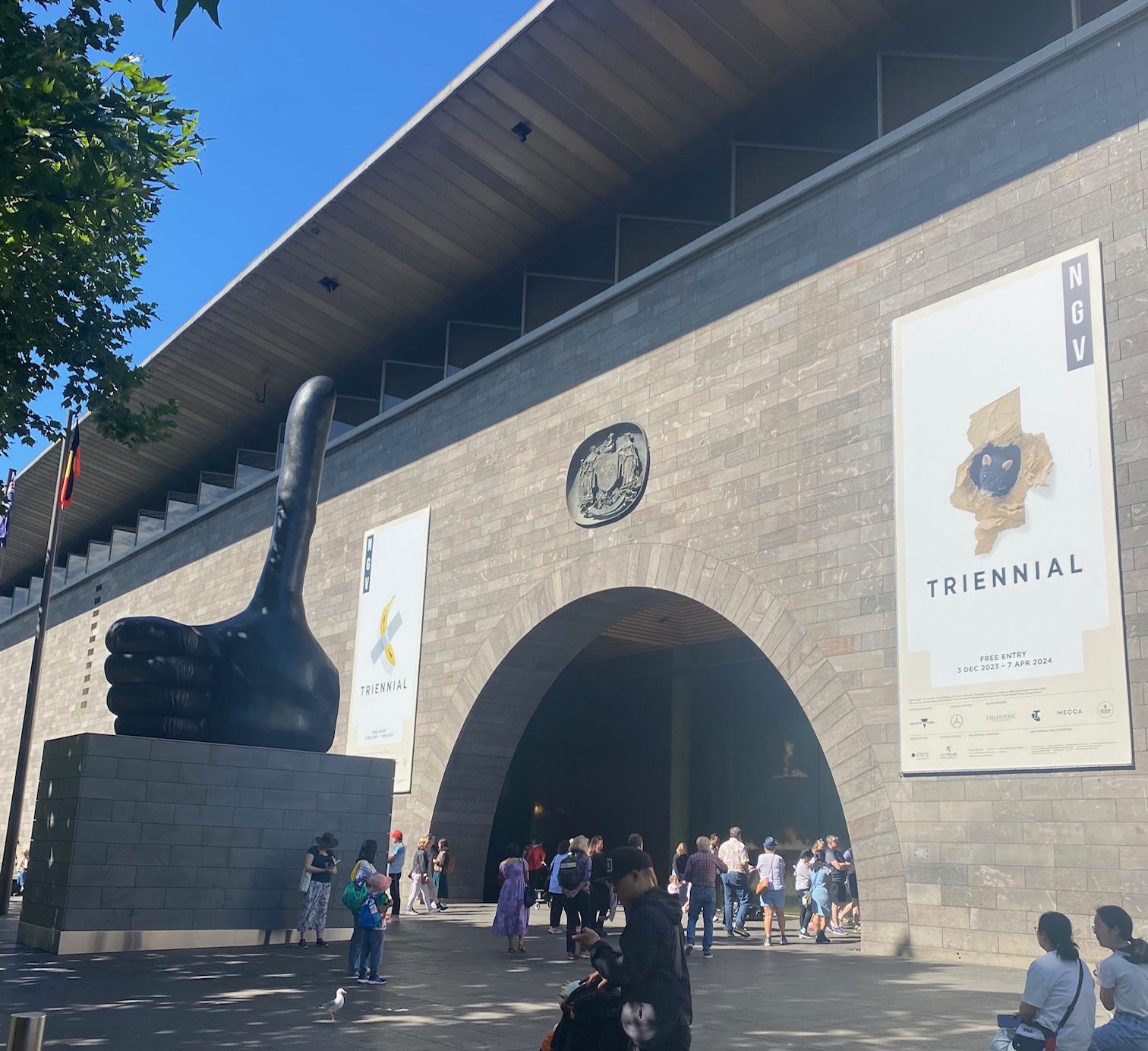


![Eeek! I know I’m probably supposed to remain super professional (whatever that means) and all cool and chill about these things but I’m SO excited to share Totality, the second exhibition I’ve worked on but the first show I am solo curating! Exhibiting 3 incredible artists, Elina Yumasheva, Aiming Wang and Kelvin Wong, we want to show you that it IS possible to create fabulous temporary exhibitions in the most sustainable, eco-friendly ways through three very different types of visual practice, and exhibition-making by recognising how truly interconnected we are with the natural environments that surround us.
You can catch us for one day, and one day only next Tuesday (12th) from 10am-5pm, where we will all be present to engage in some thoughtful, considerate (and fun!) conversations around this topic outside of the Studio Building at Battersea Campus 🤍🌿🌎
[Poster made by yours truly]](https://www.confessionsofanartjunkie.com/wp-content/plugins/instagram-feed/img/placeholder.png)